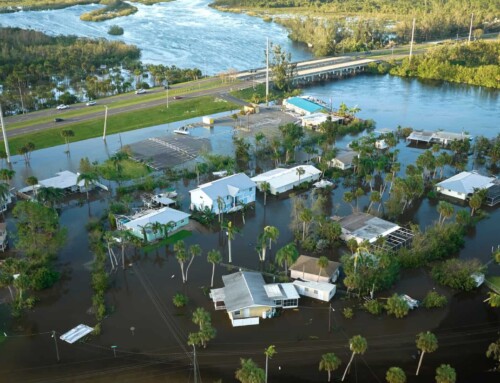What began as a way for managers to maintain data and to ensure that the experience their business provided was continuous and homogenous, no matter the situation, has since become one of the biggest concerns that most businesses have. How can they sustain their business, even in the face of a major disaster?
A good example of businesses that did not have appropriate business continuity management was seen in the wake of the tragic September 11th terrorist attacks. Mortgage companies did not have the systems in place to ensure that they could handle a major disaster of this kind. They were extremely vulnerable, without business continuity management, and many were completely unable to stay afloat in the wake of this tragedy. Lenders were unable to access their branches, some were totally destroyed, and there was no system in place to handle this kind of upheaval. Many consumers were unable to make their payments, while others were unable to get mortgages, which led to economic instability.

This led to a whole new slew of regulations that specifically required mortgage lenders to have a way to handle these kinds of tragedies, so there would be less disruption of service. While this might sound callous, the truth is that when services like these are disrupted, it creates an environment that produces further disruption and tragedy. Lenders were required to update their plans and to test those plans. Lenders who did not comply faced sanctions.
As more and more disruptions happened over the next few years, regulators continued to push for even more preparation. Business continuity became a buzzword. While regulators were pushing for heightened awareness, many businesses found that they could simply turn in their plan and be passed over for punishment, even if they had not tested that plan—until Hurricane Sandy.
Following Hurricane Sandy, regulators began to require that businesses show proof that their continuity plans had not just been developed, but also instituted and thoroughly tested. In the coming years, it is likely that business continuity will only become more and more important, as regulators push for even greater stability. These plans are designed to ensure that there is as little disruption in the business’s essential functions as possible, as any kind of disruption in many of the industries most concerned about business continuity could result in widespread financial upset.
 There are many facets of business continuity management that align with risk management. One of the basic tenets of business continuity management is identifying what internal and external threats, if any, exist to the organization. Both also require you to develop a plan to deal with those threats, even if the likelihood of those things happening is very small.
There are many facets of business continuity management that align with risk management. One of the basic tenets of business continuity management is identifying what internal and external threats, if any, exist to the organization. Both also require you to develop a plan to deal with those threats, even if the likelihood of those things happening is very small.
The creation of a plan to deal with risk, even risk that is very unlikely, is the major intersection between risk management and business continuity management. While business continuity management often deals with bigger-picture concerns, like what to do if an office is inaccessible, if data is corrupted, etc., and risk management is often thought of as developing contingency plans for smaller, more likely risks, the two have the same format. Both require analysis of risks, formulation of strategy, and the development of plans, testing those plans, and training for employees to ensure they know what the plan is. Both are also a continuous cycle, requiring that you often reassess your position to manage those risks and to ensure business continuity.
The threat of terrorist attacks may seem relatively low, but recent events continue to enforce the unpredictability of these events.
The same goes for cyber-crime, which can seriously disrupt not just the day-to-day operations of your business, but also its ability to continue to provide service after an attack. Risks like these can have a serious impact on your business and contingency plans should also be in place to manage these risks. Testing these plans is as necessary as having them, as ineffective plans are as bad as not having a plan at all.
Many businesses do not realize how important business continuity management is until they have already failed to handle even a small incident or event. Working on creating your plan now, with the help of a skilled business continuity manager, can help to lower your risk and help you return, as quickly as possible, to your normal operations after a minor or major upheaval.





